The Australasian Railway Association (ARA) has launched its Rail Supply Chain Blueprint, which outlines a three-year plan to drive reform to support the industry’s growth.
The blueprint identifies a series of actions to drive improvements and greater consistency in rail procurement, standards, local content and type approvals.
Related: Rail Freight Action Plan to open more investment and reforms
ARA Chief Executive Officer Caroline Wilkie said the blueprint built on the recommendations of the Australian Rail Supply Chain report released earlier this year and aimed to harness the opportunities available to the rail industry as it supports Australia’s post pandemic
recovery.
“With more than $155 billion in rail investment planned over the next 15 years, there has never been a better time to address the challenges facing the industry so we can make the most of this significant period of investment,” Wilkie said.
“The blueprint confirms clear actions across eight key areas to lead reform and support improved outcomes for the industry and the wider community, she said.
The recommendations will see the ARA further progress the recommendations of its Best Practice Procurement Principles, supporting national procurement approaches that improve consistency and efficiency across different states and territories.
The ARA has also reviewed potential changes to industry standards that could improve procurement by saving time and money, improving reliability and safety, and reducing risk.
Further work is underway to promote a national approach to local content policies and develop best practice for type approvals.
“These are complex challenges that must be addressed to maximise the benefits of rail investment and we are working closely with industry and government to advance these issues,” Wilkie said.
The Rail Supply Chain Blueprint also includes further actions to drive innovation, technology and sustainability, support skills development and promote the industry’s export capability.
Wilkie explained that there is a real need for a national R&D body to lead a strong research and innovation agenda in Australian rail.
She maintained that supporting this innovation focus will remain a key priority as part of this plan.
“We also recognise the need to support and prioritise initiatives that drive sustainable outcomes within the industry and community and are committed to advancing this cause as part of the blueprint,” she said.
Actions to support reduced carbon emissions, increased recycling of decarbonised assets and redirecting waste are also outlined in the blueprint.
Wilkie said actions to address the ongoing skills shortage impacting the industry also formed part of the blueprint, with the ARA to continue its engagement with industry and government through the National Rail Action Plan and its work to develop national competencies as part of the Rail Industry Worker Program.
“Rail is already in the grip of skills shortages for key roles and we are advancing a range of new initiatives to help attract and retain top talent to the industry,” Wilkie said.
“The blueprint confirms this commitment and sets an agenda to deliver real solutions in partnership with government and industry,” she said.
Source: ARA






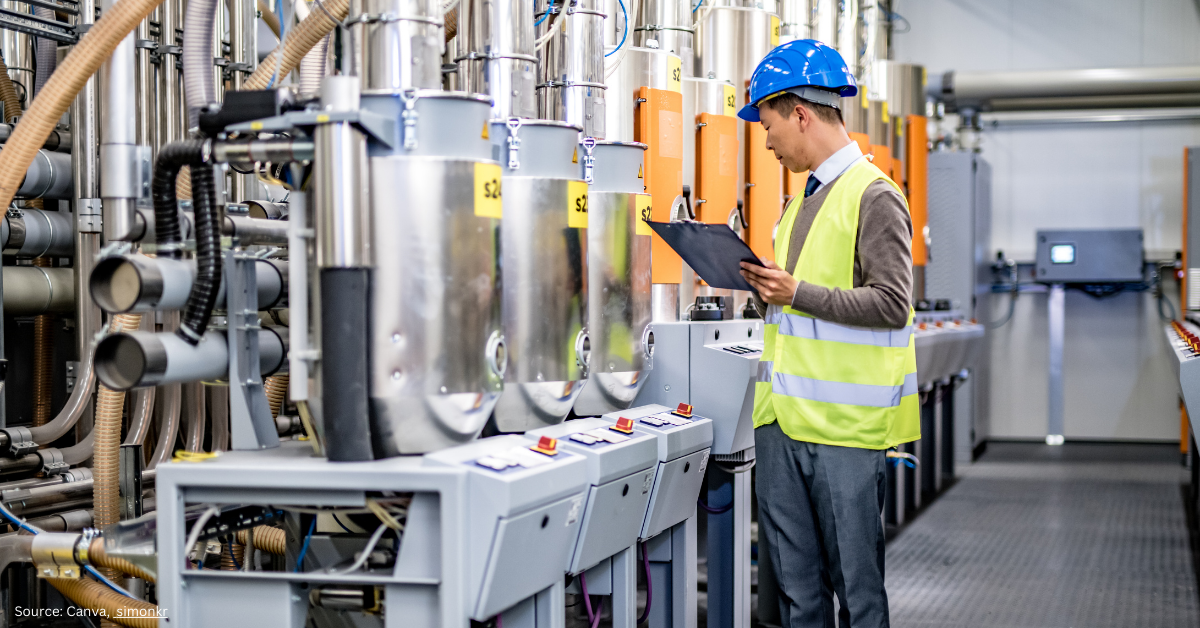

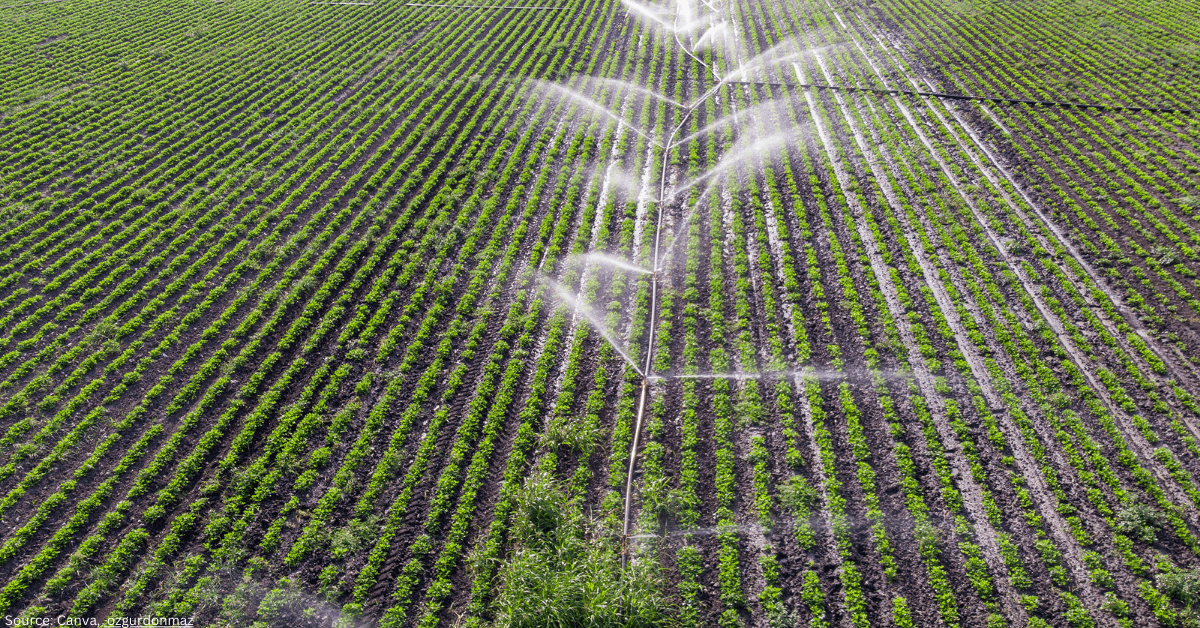


























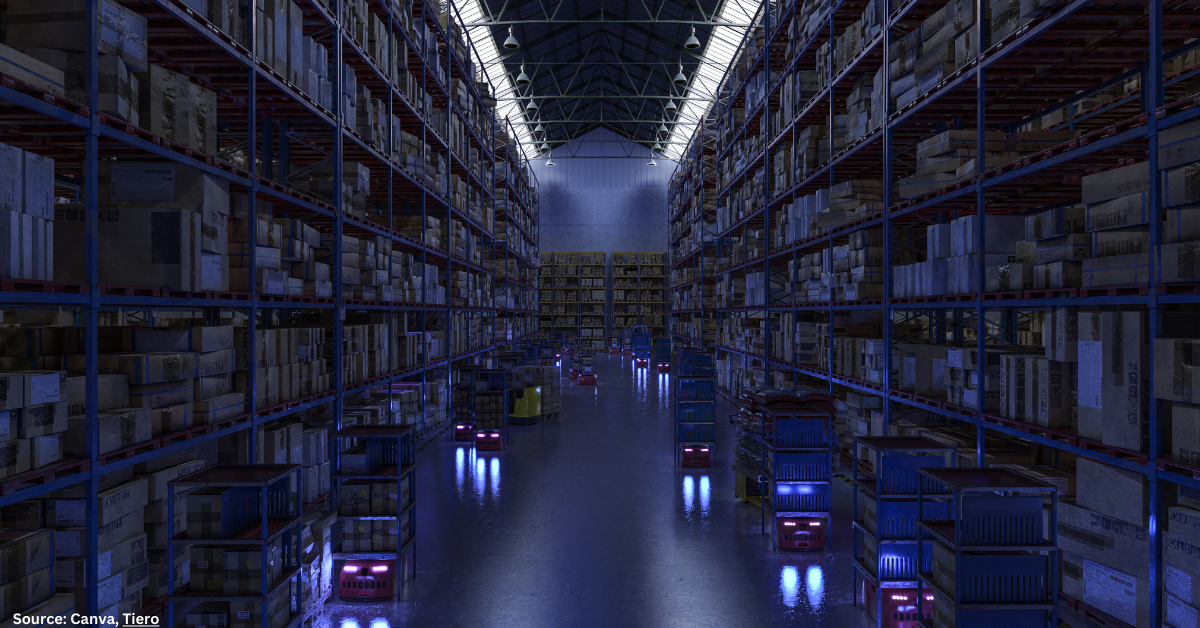
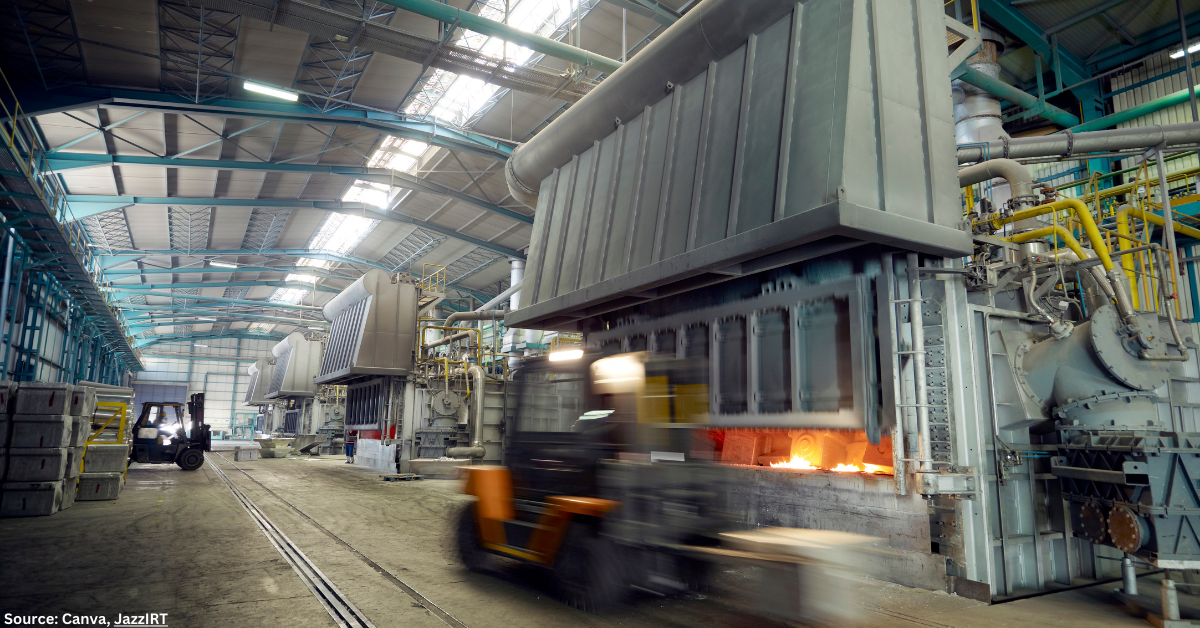
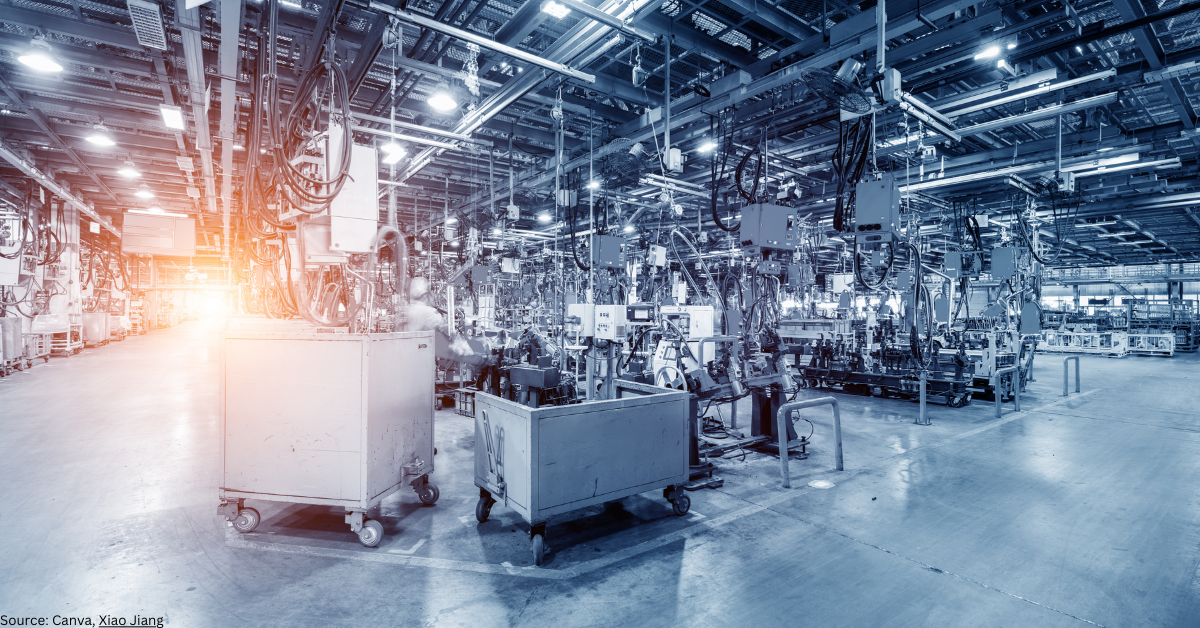
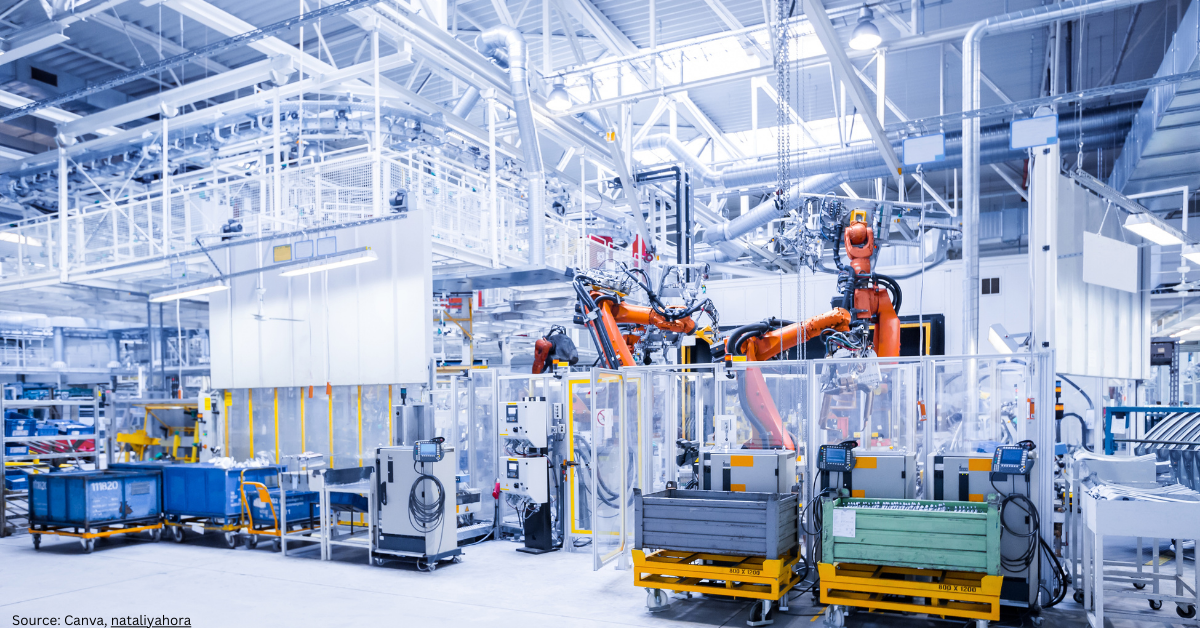







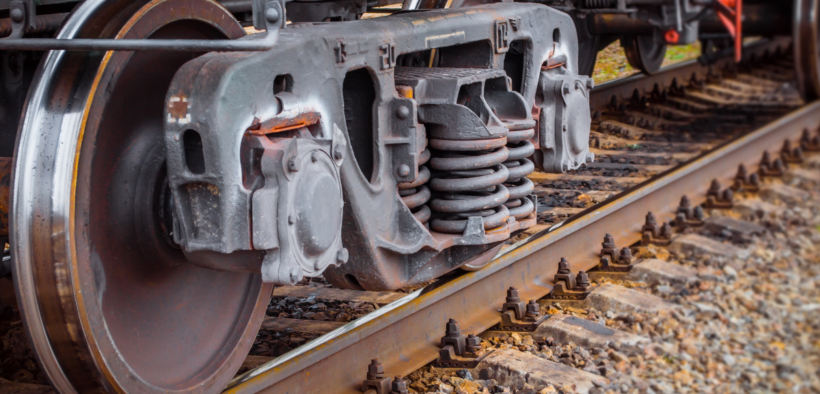













Follow us on social media